Every photographer has experienced that moment of envy scrolling through Instagram, wondering how certain portraits achieve that impossibly smooth, cinematic background blur that seems to wrap subjects in pure light. Here are five fantastic portrait lenses that will give you some of the smoothest and unique bokeh you've ever seen.
TTArtisan 75mm f/1.5 Swirly Bokeh Lens
The TTArtisan 75mm f/1.5 Swirly Bokeh lens is an incredible entry point into the world of unique optical character without breaking the bank. This manual focus lens deliberately recreates the legendary rendering characteristics of vintage lenses like the Carl Zeiss Biotar, delivering the famous "swirly bokeh" effect that creates a dramatic vortex-like background blur that seems to spiral around your subject. The effect is most pronounced when shooting wide open at f/1.5, with out-of-focus highlights taking on an organic, painterly quality that draws the viewer's eye directly to the subject.
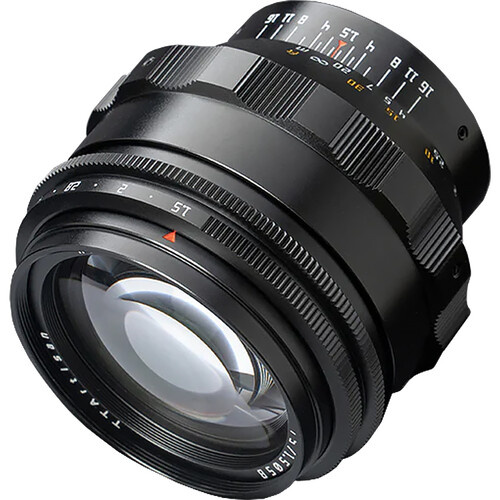
What makes this lens particularly compelling is its accessibility combined with genuine optical character. The swirly effect is created by the lens's 6-element, 4-group double-Gauss optical design, which produces distinctive spherical aberration that manifests as curved bokeh patterns. It's pure optical physics creating something that modern corrected lenses simply cannot achieve. The 75mm focal length hits the sweet spot for portrait work, providing natural perspective compression while allowing comfortable working distances from your subjects.

Sony FE 100mm f/2.8 STF GM OSS
Expect to Pay: $1,498
The Sony FE 100mm f/2.8 STF GM OSS is Sony's attempt to give photographers bokeh that's as close to perfect as possible. STF stands for "Smooth Trans Focus," and this lens achieves its otherworldly background rendering through an apodization filter, a specialized optical element that creates a gradual light falloff from the center to the edges of the lens aperture. The result is bokeh so smooth and creamy that backgrounds seem to dissolve into pure, painterly abstractions that make subjects appear to float in space.
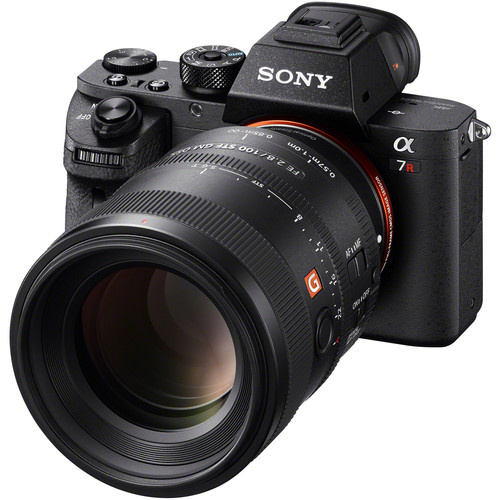 The apodization filter works like a variable neutral density filter built into the lens, becoming progressively darker toward the edges. This eliminates the harsh edges typically seen in out-of-focus highlights, instead creating perfectly graduated transitions from sharp focus to complete blur. Out-of-focus lights become soft, ethereal orbs rather than the distinct circles or polygons produced by conventional lenses. The effect is so pronounced that backgrounds with complex details are transformed into impressionistic washes of color and tone.
The apodization filter works like a variable neutral density filter built into the lens, becoming progressively darker toward the edges. This eliminates the harsh edges typically seen in out-of-focus highlights, instead creating perfectly graduated transitions from sharp focus to complete blur. Out-of-focus lights become soft, ethereal orbs rather than the distinct circles or polygons produced by conventional lenses. The effect is so pronounced that backgrounds with complex details are transformed into impressionistic washes of color and tone.
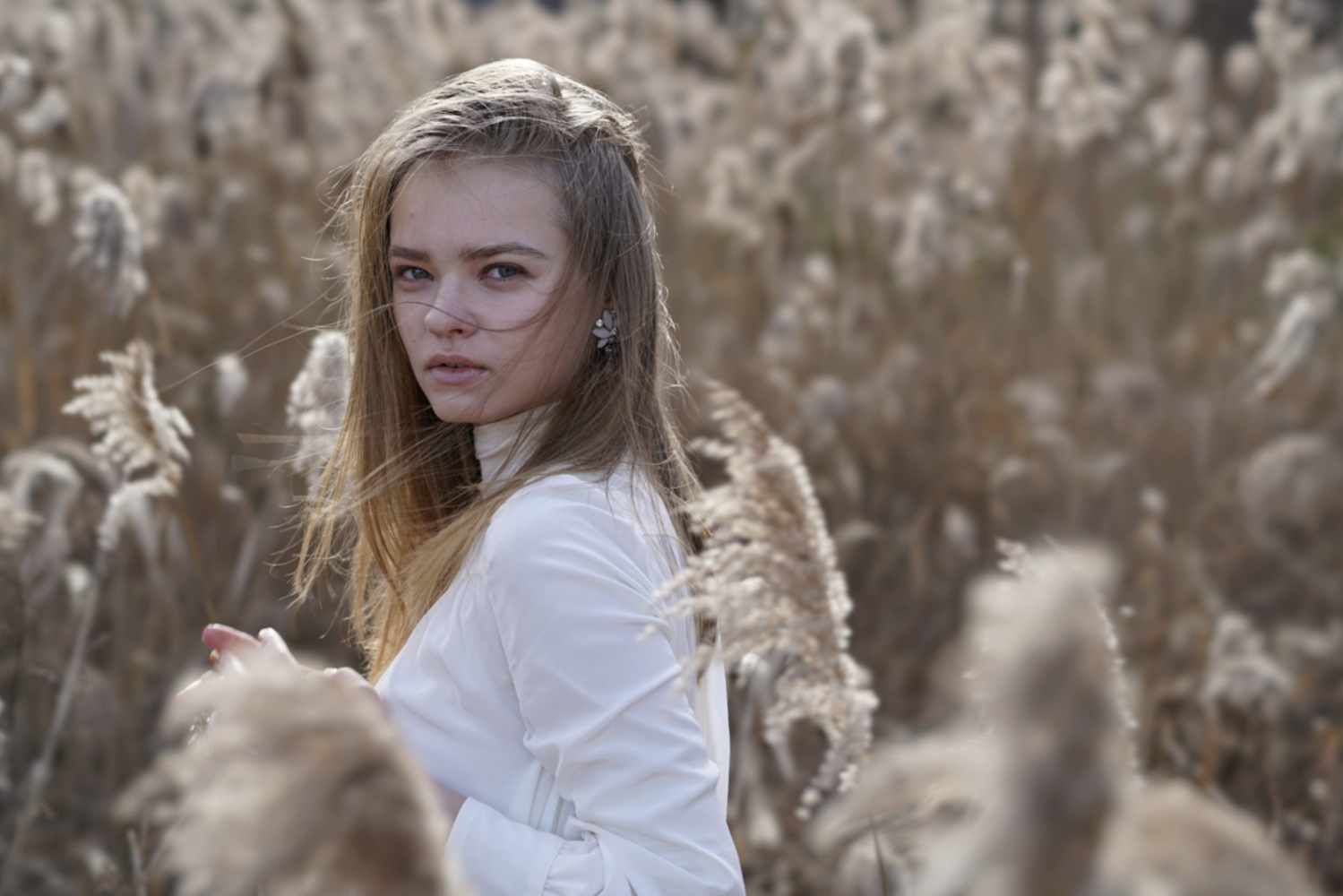
Canon RF 85mm f/1.2L USM DS
Canon's RF 85mm f/1.2L USM DS represents the absolute pinnacle of portrait lens engineering, combining the legendary Canon 85mm focal length with revolutionary Defocus Smoothing (DS) technology. The DS coating applied to specific lens elements creates an unprecedented level of background smoothness that elevates portrait work into the realm of fine art. Unlike the Sony STF's apodization filter, Canon's DS approach maintains more light transmission while still delivering remarkably smooth bokeh that makes subjects appear to glow against impossibly soft backgrounds.
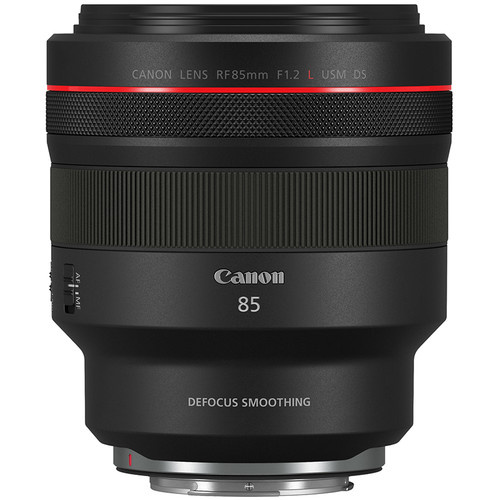 The DS technology works by applying a special coating to lens elements that gradually reduces light transmission toward the periphery, similar in concept to apodization but with less dramatic light loss (1.3 stops versus 2). The result is bokeh with incredibly soft edges on out-of-focus highlights, creating backgrounds that seem to melt away rather than simply blur. The effect is most pronounced at wider apertures, where the f/1.2 maximum opening provides both exceptional low-light capability and the shallowest depth of field possible in this focal length class.
The DS technology works by applying a special coating to lens elements that gradually reduces light transmission toward the periphery, similar in concept to apodization but with less dramatic light loss (1.3 stops versus 2). The result is bokeh with incredibly soft edges on out-of-focus highlights, creating backgrounds that seem to melt away rather than simply blur. The effect is most pronounced at wider apertures, where the f/1.2 maximum opening provides both exceptional low-light capability and the shallowest depth of field possible in this focal length class.
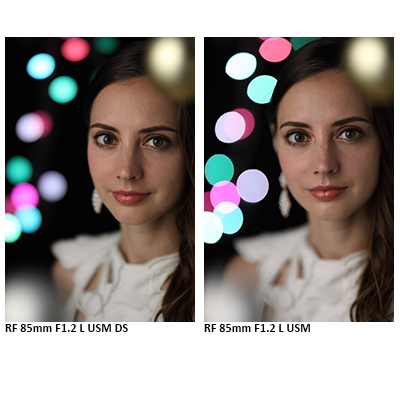
Laowa 105mm f/2 STF
The Laowa 105mm f/2 STF offers a compelling alternative to the expensive Sony STF, delivering genuine smooth trans focus technology at a fraction of the cost and for many more lens mounts. Venus Optics has engineered this lens with an apodization element that creates beautifully graduated bokeh while maintaining the sharp, detailed rendering that modern portrait work demands. The 105mm focal length provides slightly more compression than the 85mm standard, creating even more dramatic background separation while keeping perspective natural and flattering.
The optical design incorporates high refractive elements and low dispersion glass to control chromatic aberration while preserving the distinctive STF character. Like other apodization lenses, the effective aperture is darker than the physical opening—while marked as f/2, the light transmission is equivalent to approximately f/3.2. However, this design choice allows for the creation of those impossibly smooth backgrounds that define the STF aesthetic. Out-of-focus highlights become perfect, soft-edged circles rather than the harsh geometric shapes produced by conventional lenses.
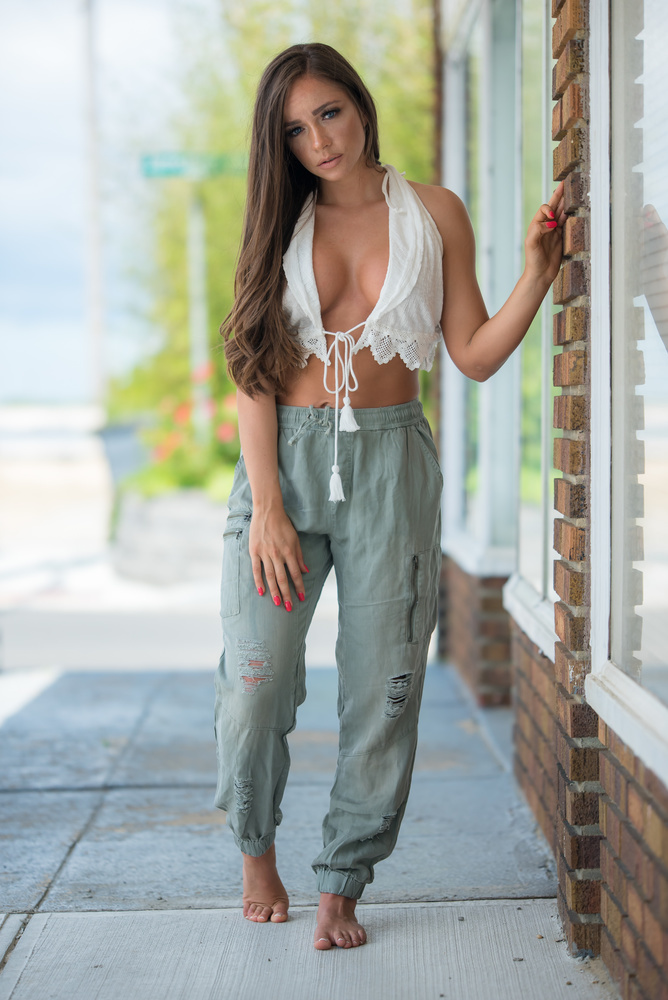
Meyer-Optik Gorlitz Trioplan 100mm f/2.8 II
The Meyer-Optik Gorlitz Trioplan 100mm f/2.8 II represents the resurrection of one of photography's most legendary optical designs, bringing the famous "soap bubble bokeh" into the modern era with contemporary build quality and coatings. Based on the classic triplet design dating back to the early 20th century, this lens creates perhaps the most distinctive and recognizable bokeh signature in all of photography, where out-of-focus highlights literally appear as perfect soap bubbles floating in space around your subjects.
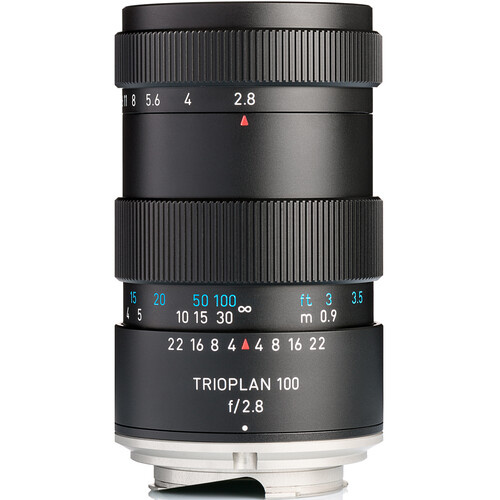
The soap bubble effect is achieved through the lens' simple yet ingenious three-element optical design combined with a 15-blade circular aperture. Out-of-focus highlights develop bright centers with soft, graduated edges that create an almost three-dimensional quality to the background blur. The effect is most pronounced when shooting at the maximum f/2.8 aperture with strong backlighting, where specular highlights transform into luminous orbs that seem to dance around the sharp subject. This isn't subtle background blur; it's dramatic, artistic effect that immediately identifies a Trioplan image.
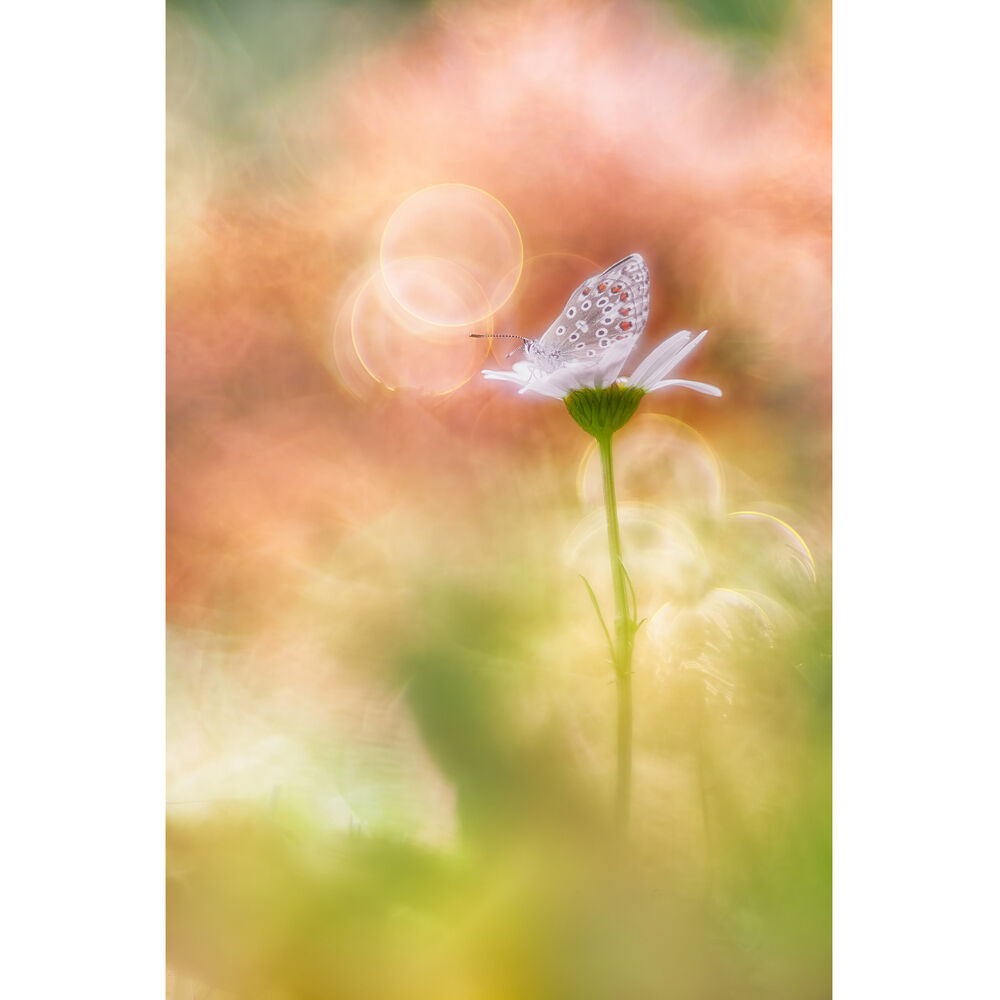 The modern version II improves upon the vintage original with contemporary glass formulations, anti-reflective coatings, and precision mechanical construction while preserving the essential optical character that made the original legendary. The 100mm focal length provides ideal working distance for portraits while delivering natural perspective compression. The manual focus operation requires patience and skill, but the generous focus throw and tactile feedback make precise adjustments achievable. The minimum focusing distance of just under three feet allows for tighter compositions while maintaining the distinctive bubble bokeh effect. For photographers seeking to create truly unique images that stand apart from the clinical perfection of modern lenses, the Trioplan 100mm f/2.8 II offers an artistic tool that transforms ordinary backgrounds into extraordinary visual poetry.
The modern version II improves upon the vintage original with contemporary glass formulations, anti-reflective coatings, and precision mechanical construction while preserving the essential optical character that made the original legendary. The 100mm focal length provides ideal working distance for portraits while delivering natural perspective compression. The manual focus operation requires patience and skill, but the generous focus throw and tactile feedback make precise adjustments achievable. The minimum focusing distance of just under three feet allows for tighter compositions while maintaining the distinctive bubble bokeh effect. For photographers seeking to create truly unique images that stand apart from the clinical perfection of modern lenses, the Trioplan 100mm f/2.8 II offers an artistic tool that transforms ordinary backgrounds into extraordinary visual poetry.
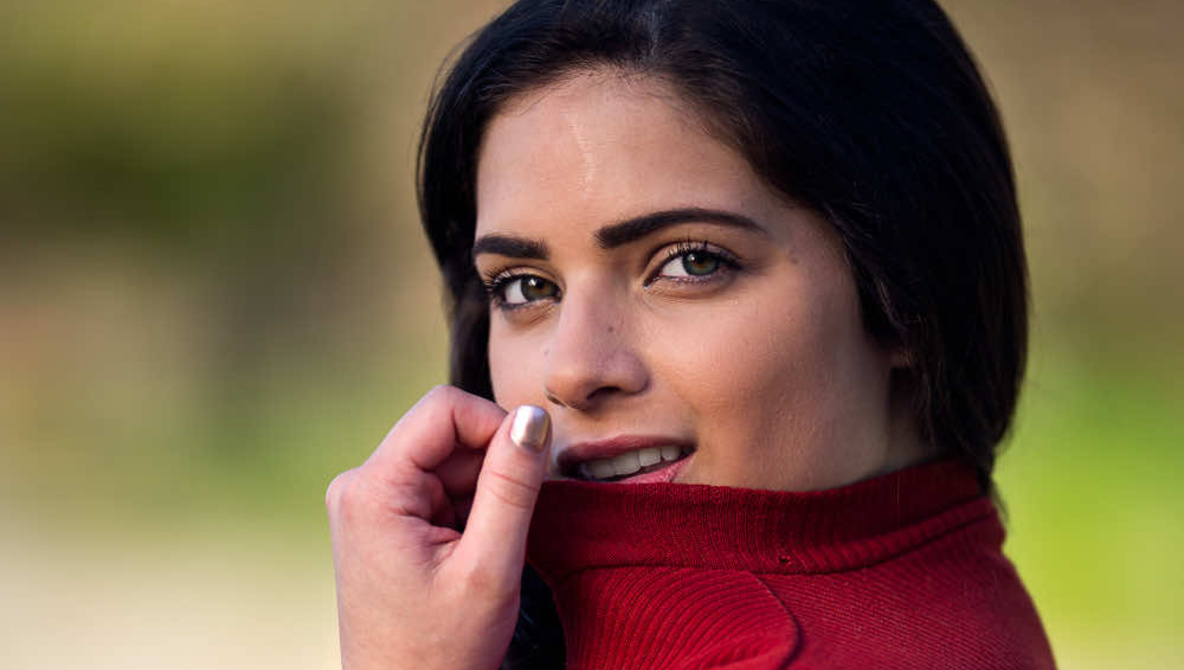






I would opt for a 135mm. The canon ef f2 is great. Also a Samyang 135 f1.8 works like a charm
Olympus 45mm F1.2 !!!
I prefer the Sony/Minolta 135mm f2.8 [t4.5] STF over the newer 100mm STF. Oh god the bokeh is beautiful! The 135mm STF has noticeable purple fringing, but nothing Lightroom can't handle.